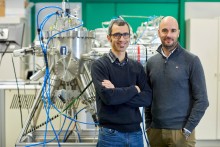Related news by tag Spintronics
Marco Gobi, Best Experimental Thesis Award
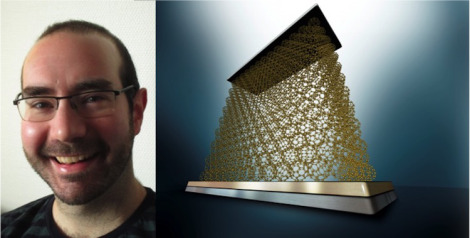
The GEFES awards ceremony will take place on July 2015, during their symposium on the 25th Spanish Royal Physical Society’s Biannual meeting in Gijón (Spain). Alejandro Manjavacas, who developed his PhD thesis at the "Rocasolano" Institute of Physical-Chemistry, has been awarded the Best Theorical Thesis prize for his thesis project: “Light-matter interaction at the nanoscale”.
Marco Gobbi’s thesis describes the fabrication and characterization of spintronic devices based on the combination between thin films of ferromagnetic metals and C60 fullerene molecules. Then, he focuses on two spintronic devices based on C60: spin valves and magnetic tunnel transistors. He concludes with the description of a device for more advanced study of spin transport in C60.
The researcher Estitxu Villamor got a special mention in the CAF-Elhuyar awards
Among the various categories and subcategories in the awards there is one of popularization articles based on PhD theses. In fact, Estitxu Villamor got the special mention for her article entitled "Karga-garraiorik gabeko elektronika berria" (New electronics without charge transport). The panel of judges felt that the following was worthy of mention: "The effort made by the author of the article to explain the subject in an easy-to-understand and attractive way, particularly bearing in mind that it is a highly technical subject".
Villamor defended her thesis entitled Injection, transport and manipulation of pure spin currents in metallic lateral spin valves in December 2014.
Future materials are becoming 'topological’
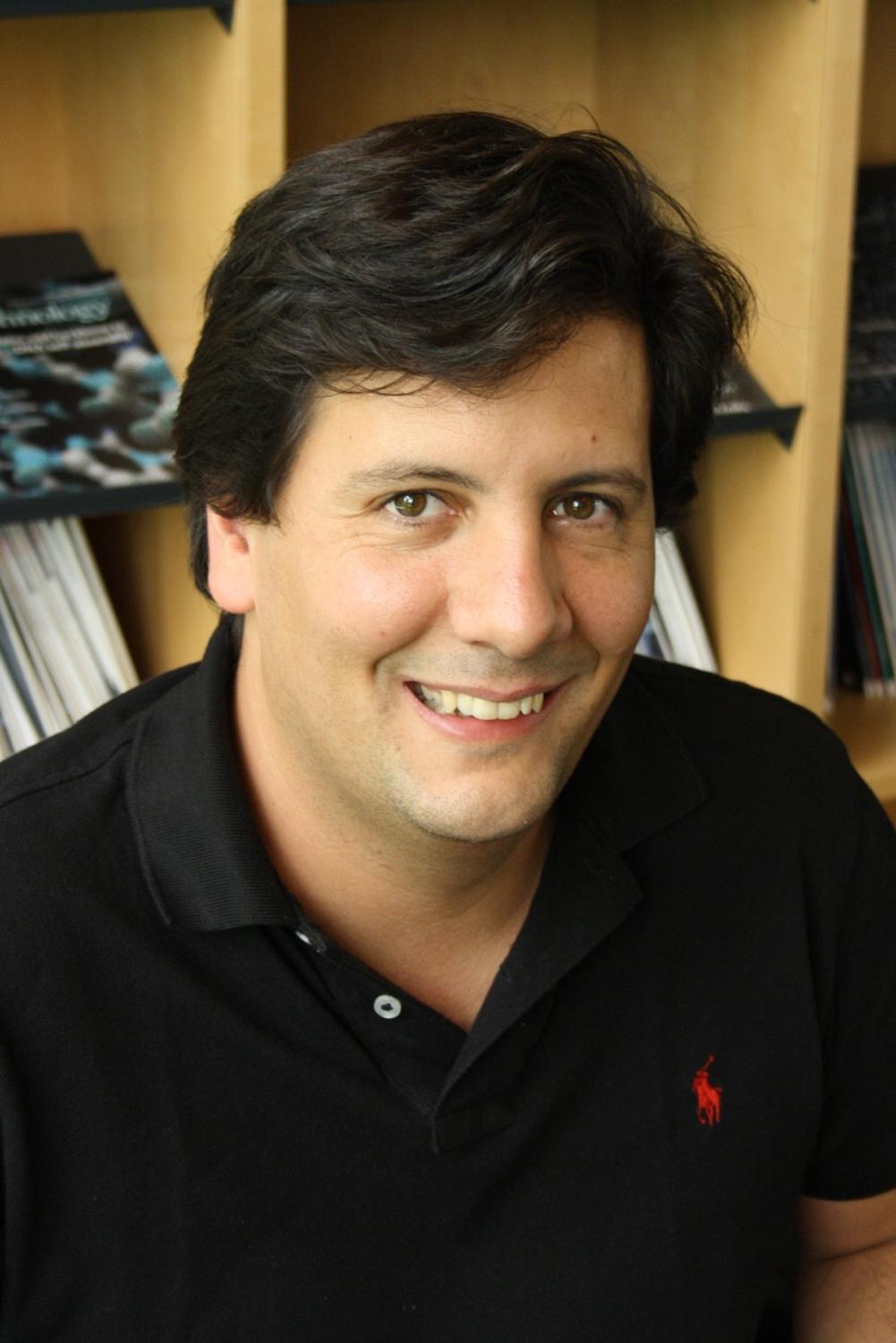
Ugeda sees a promising future for materials of this type in spintronics, an emerging branch of electronics that aims to manipulate and control the spin of the electrons in order to use it as a carrier of information. The spin is an intrinsic property of electrons and, unlike its electronic charge, the spin can assume two opposing values: 'up' and 'down'. Therefore, the advantage of making use of the spin is reflected in the increase of the information transmitted. Spintronic devices could transport a greater quantity of data in a much more fluid way with less demand for power and less heat accumulation.
The material explored consists of wolfram and tellurium. Wolfram is a chemical element discovered in 1783 by the Elhuyar brothers in the Basque town of Bergara (Gipuzkoa); it is a metal used in countless applications, ranging from electric lamp filaments to ballpoint pen tips. By combining atoms of this metal with tellurium atoms in just three atomic layers, they discovered the first two-dimensional insulated material with topological properties, in other words, an electrical insulator inside and conductor on its edges. “The flow of electrons along the edges in this type of materials turns out to be linked to the spin (up and down) of each electron; surprisingly, electrons with the opposite spin move in the opposite direction along the edges. So currents with a specific spin in one direction or another can be generated. The channels or grooves along the edge of the material can be imagined as if they were a two-way road in which the “up” electrons go in one direction and the “down" ones in the other. And it cannot be otherwise,” explains Miguel M. Ugeda.
Furthermore, it is worth pointing out that due to the topological properties of this material, the electric current should be insensitive to any contamination and impurities that may be present in the material, a feature that distinguishes topological insulators from conventional conducting materials. Another added advantage is that the material “is chemically stable and relatively easy to synthesize. What is more, it can be combined with other two-dimensional materials in the form of a sandwich in order to design artificial materials with “à la carte” properties for any specific application,” adds the researcher.
Magnetic electrodes increase solar cell efficiency
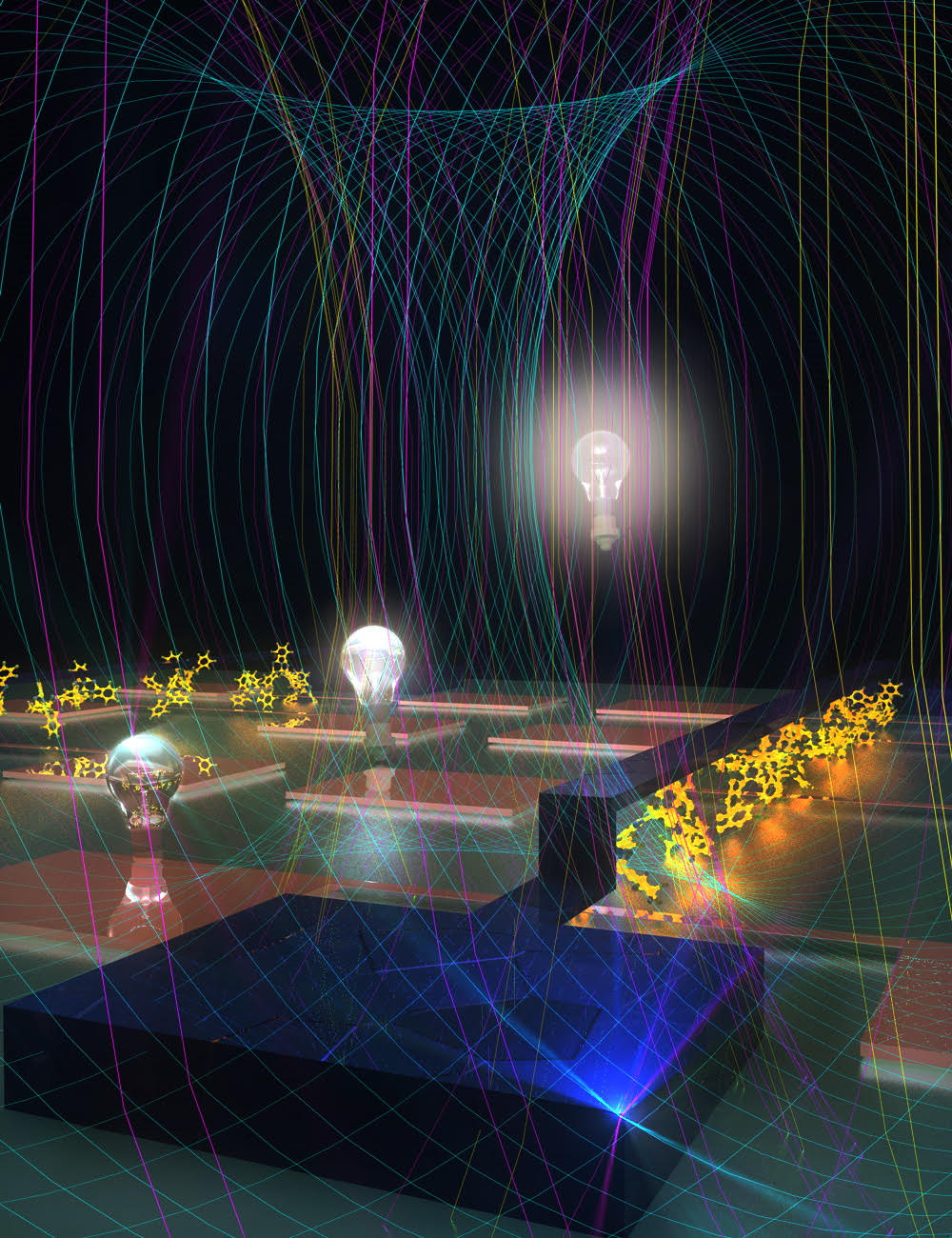
As the nanoGUNE researcher explained, “the device is simply a photovoltaic cell manufactured from an organic material —fullerene C60— and fitted with cobalt and nickel magnetic electrodes”. Fullerene C60, known as Buckyball, is a ball-shaped molecule comprising 60 carbon atoms. What is more, the magnetic electrodes produce current with an added property known as spin. The combination of both is no coincidence since fullerene is known to be a photovoltaic material that could allow the spin direction to be controlled. The use and control of this properly allows the efficiency of the solar cell to be increased, thus making it capable of generating a bigger current. As Hueso explained, “the spins of the usual solar cells are ‘disordered’ but thanks to magnetism we have managed to ‘order’ them so that a bigger current can be collected”. The researchers have confirmed that the use of electrodes of this type increases the photovoltaic efficiency of the device by 14%.
The device has another added advantage as it has been found to be capable of directly generating alternating current, which is much more useful in applications than the direct current generated by the usual solar cells, as transformers no longer need to be used. “The reversal of the current takes place in the device itself when the electrons created by the light interact with the magnetic contacts, whose spins have been ‘ordered’,” explained Hueso.
Even though it is true that the researchers have demonstrated that the use of magnetic electrodes allows the efficiency of the photovoltaic cells to be increased, they insist that they are still a long way from obtaining an optimum photovoltaic cell. With this aim in mind they are working on building similar devices using organic materials which have already shown themselves to be more efficient than fullerene. The researcher affirms that “in the future it will be possible to build a commercial device that acts as a solar module and produces alternating current directly”.
This work is the result of a piece of research funded by the Government of the Basque Autonomous Community, the Spanish Ministry for the Economy and Competitiveness, and the European Union through the European Research Council.
A project coordinated by CIC nanoGUNE receives nearly 4 million euros from the European Commission
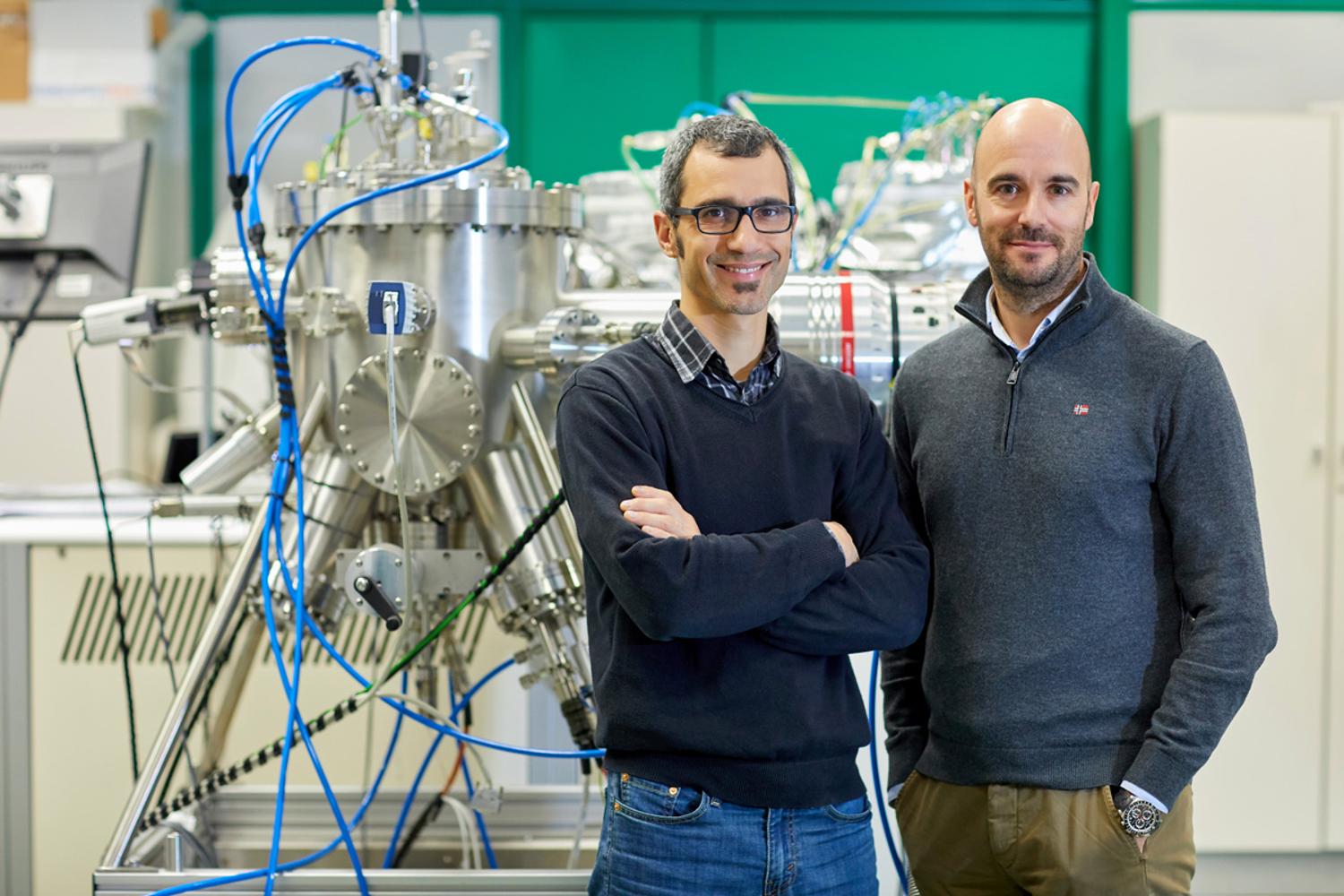
SPEAR has been selected by the European Commission for funding within its ITN programme. The 4-year project will receive nearly 4 million euros. This funding will be used mainly to fund the recruitment and high-level training of 15 pre-doctoral researchers. SPEAR is led by Fèlix Casanova, an Ikerbasque Research Professor in the Nanodevices Group at nanoGUNE.
“The research aims to find new materials with strong spin-orbit coupling, to explore new phenomena associated with these materials, and to develop devices based on these phenomena for the upcoming generation of computer memories and processors,” said the head of the project at nanoGUNE. “Unlike conventional RAM memory, data will not be stored in the form of electric charge or current flows, but by means of magnetic storage components in the next generation of memories, such as MRAM (Magnetic Random Access Memory). To substitute current microprocessors using silicon transistors we also have various candidate technologies, such as spin logic or MESO logic, machine learning and neuromorphic computing, which would stand to benefit from these new materials,” added Fèlix Casanova.
CIC nanoGUNE collaborates with Intel to open up the way for future computers
According to the Ikerbasque researcher Fèlix Casanova, who is leading the “MESO” project at nanoGUNE, there are two unavoidable challenges that will drive the transition towards new electronic technologies. The first one, inherent to the current CMOS technology (based on silicon and used on a massive scale), is its physical limit. “The number of transistors integrated in a chip has been doubling every two years, but this scaling has a limit and when we make the transistor too small sometime soon, it will no longer work because we will lose ‘control’ over the electrons.
NanoGUNE recruits two early-stage researchers (ESRs) for the SPEAR project
Spin Orbitronics provides a challenging and innovative framework for training early-stage researchers with excellent prospects for a career in industry and academia. In this promising area, SPEAR proposes a multidisciplinary European network, composed of 7 universities, 3 research centers and 7 small and medium sized companies, which will provide state-of-the-art training for early-stage researchers (ESRs) in the field of fundamental and applied Spin Orbitronics.
Donostia, the spintronics and orbitronics capital
Donostia has become the epicenter of research in spintronics and orbitronics this week with the celebration of Spin & Orbit at the Gipuzkoa Campus of the University of the Basque Country, a conference that brings together world experts in these innovative fields of physics, crucial for the development of the electronics of the future.

